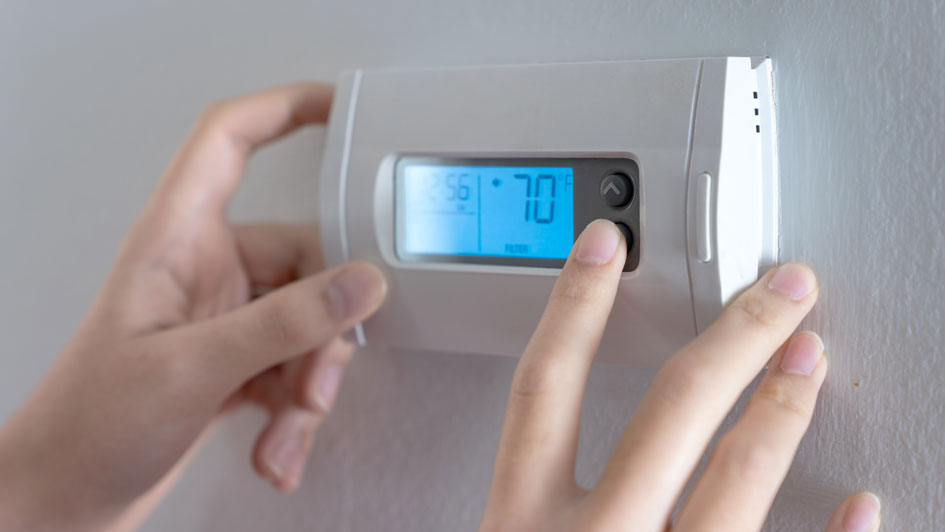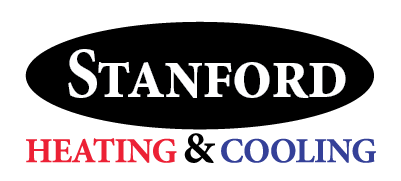
Everyone’s always looking to save money on their utility bills, but it turns out there’s a way to keep costs down, even when you're out of the house.
The key is your thermostat. By making the most out of your thermostat, you can help the thermostat plan for your preferred temperatures. This means establishing various temperature settings for when you’re home, away or even when you’re asleep.
With a few simple adjustments, you have more time to enjoy pleasant temperatures while also keeping more of your money. Here are some ways your thermostat can save you money in the summer:
While at Home
Pretty much whenever you're home, you want comfortable temperatures. For the most part, you probably have your thermostat lower in the summer while you are in the house to appreciate the cool air.
But the most energy-efficient temperatures for when you're in your home during the summer is actually around 78 and 80 degrees Fahrenheit. With this adjustment, you'll keep cool while still lowering your monthly energy bill.
While Out of the House
When setting the temperature for a vacation or other trip away from the house, the majority of homeowners will set the thermostat higher for while they're gone.
For some homes, you can set the temperature as high as 88 degrees while no one is home before you adjust it back to the sweet spot of 78-80 degrees after you return. This way, your air conditioning system isn't working around the clock to keep an empty house cool.
While Sleeping
To enjoy a good night's sleep during the summer, you want a temperature that's nice and cool. You should try and keep things between 68-72 degrees Fahrenheit. You won't have to worry about getting too hot or too cold when you are trying to get some rest.
Other Ways to Use Less Energy:
- Put in a smart thermostat: Using a smart thermostat in the summer can lower energy costs by automatically adjusting to your lifestyle and home environment. It'll take care of making changes while you are home or sleeping, while allowing it to get a little warmer when no one is home. With models like the Lennox iComfort, you are able to adjust settings and schedules through your smartphone, tablet or laptop. Planning smart thermostat installation in your Bloomfield home is an effortless way to set the correct temperature no matter where you are.
- Replace current equipment with a newer HVAC system: Upgrading your HVAC system is another great option for long-term energy savings. By investing in a more energy-efficient system, you can also count on lower utility bills since more efficient equipment requires less energy to achieve comfortable temperatures. Air conditioning installation in Bloomfield is a breeze for experienced professionals like Stanford Heating & Cooling.
- Keep up with AC maintenance: Hiring a skilled professional to perform regular air conditioning maintenance in Bloomfield can have a big impact on your monthly energy use. By regularly cleaning the coils, checking for damage and clearing air vents of dust and debris, this can help your HVAC system run more efficiently. Increasing efficiency also limits strain on key parts and lowers operational costs, leading to lower energy usage, which translates into lower energy bills.
- Replace your air filter regularly: A regular schedule for cleaning or replacing the HVAC system's air filter saves money by keeping airflow as smooth and consistent as possible. When filters are old and less effective, an AC unit has to work harder, and this greater strain could shorten the system’s life span and lead to breakdowns.
- Check if you have enough insulation in the attic: Insulation is a crucial component for any energy-efficient home, keeping the hot air outside and the cool air inside through summer. The North American Insulation Manufacturers Association (NAIMA) offers an official recommendation stating homeowners in souther states should have at least 13-14 inches of insulation, while those in northern U.S. states should have 16-18 inches.
- Check your ductwork: A leak in the air ducts could increase your energy bills much more than 20 percent, plus it can affect equipment such as your water heater, clothes dryer and other appliances throughout your home. Checking your ductwork for leaks and sealing them can help with both these issues.
- Seal all other leaky spots in your home: Sealing up other leaks in your home with caulk, foam sealant or weather-stripping helps keep things cooler during those hot summer days. It’s also important to check for any gaps around windows, doors and even outdoor fixtures. Making time to seal leaks now can help you save a lot in the long term.

